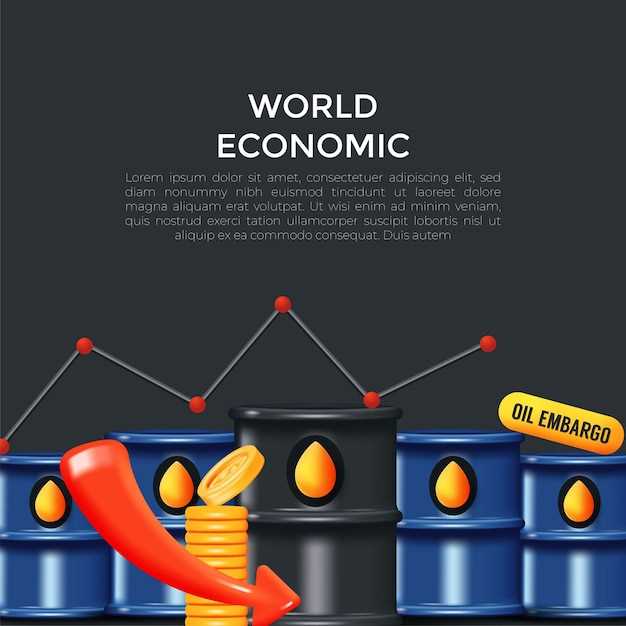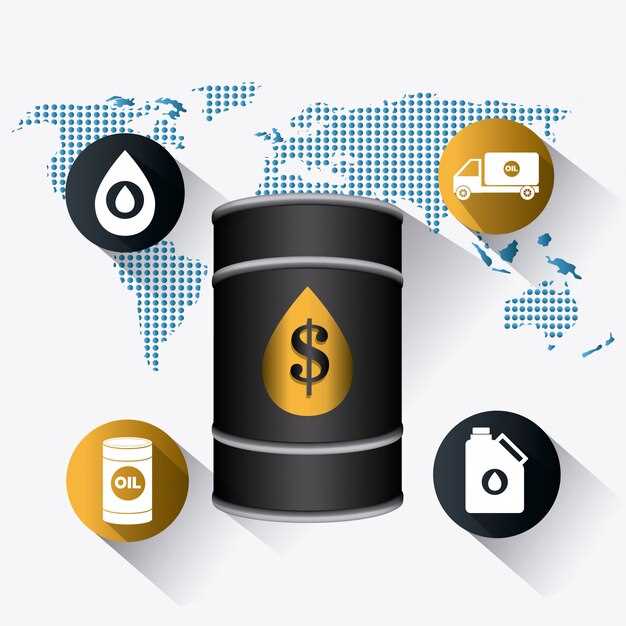
The ongoing debate over fuel economy standards is critical in the context of environmental sustainability and economic growth. Both the United States and the European Union have established regulations that aim to reduce greenhouse gas emissions and enhance energy efficiency in the transportation sector. However, these standards differ significantly in their approach, strictness, and implementation timelines. Understanding these differences is essential as they reflect broader attitudes towards energy use, environmental responsibility, and technological advancement.
In the US, fuel economy regulations have undergone several changes, especially with the introduction of the Corporate Average Fuel Economy (CAFE) standards. These guidelines set specific mileage targets that automakers must achieve across their fleet of vehicles. In contrast, the EU employs a more integrated regulatory framework, which includes stringent emission limits and incentives for zero-emission vehicles. This divergence highlights varying priorities: while the US focuses on enhancing fuel efficiency, the EU places a greater emphasis on reducing overall vehicle emissions.
Furthermore, the historical context of these regulations and the socio-political environments in which they are implemented play a crucial role in shaping their effectiveness. The EU has typically adopted a more collaborative approach, encouraging member states to align with comprehensive sustainability goals. Meanwhile, the US has experienced fluctuating political support for these initiatives, impacting the consistency and rigor of its fuel economy policies. As we delve deeper into this comparison, it becomes evident that understanding these standards is vital for assessing the future of global automotive markets and environmental stewardship.
Key Differences in Regulatory Frameworks for Fuel Economy

Understanding the regulatory frameworks governing fuel economy standards is essential for comprehending how the US and EU approach environmental sustainability and energy efficiency. One of the primary differences lies in the structure and implementation of regulations. The US employs a dual regulatory system where the Environmental Protection Agency (EPA) sets greenhouse gas emission standards, while the National Highway Traffic Safety Administration (NHTSA) focuses on fuel economy through the Corporate Average Fuel Economy (CAFE) standards. Conversely, the EU’s regulations are more harmonized, relying on a unified set of rules established by the European Commission that encompass both emissions and fuel economy in a single framework.
Another significant distinction is the stringency of the regulations. EU regulations are generally perceived as more aggressive, with a clear trajectory toward increasingly stringent targets for average CO2 emissions from new vehicles. The EU has specific targets set for each year, pushing manufacturers toward lower emissions and improved efficiency. In contrast, US regulations often face political fluctuations, resulting in varying targets and the possibility of rollbacks depending on the administration in power. This inconsistency can lead to uncertainty for automotive manufacturers operating in the US market.
Additionally, the approach to testing fuel economy varies between the two regions. The US employs a standardized testing cycle that is designed to estimate fuel efficiency under controlled conditions, which critics argue does not accurately reflect real-world driving scenarios. The EU, while also using standardized tests, has integrated more dynamic testing procedures that aim to provide a better correlation to actual driving conditions. This approach reflects an awareness of consumer experience, aligning regulations with practical usage.
Furthermore, the enforcement mechanisms differ markedly. In the US, regulatory compliance is checked through a combination of manufacturer reporting and EPA audits, with penalties imposed on those failing to meet CAFE standards. Meanwhile, the EU has a more pronounced focus on compliance through real-world monitoring, implementing measures to ensure manufacturers adhere to the set standards after the sale of vehicles.
In summary, while both the US and EU aim to enhance fuel efficiency and reduce emissions, the disparities in their regulatory frameworks–ranging from the structure and stringency of regulations to testing procedures and enforcement–highlight a fundamental difference in their approaches to tackling fuel economy standards.
Impact of Emission Standards on Vehicle Performance and Cost

Emission standards play a crucial role in shaping vehicle performance and cost across different regions, particularly in the United States and the European Union. These regulations aim to reduce harmful pollutants and greenhouse gases by setting limits on emissions from motor vehicles. The impact of these standards can be analyzed from several perspectives.
- Performance Impact:
- Engine Tuning: Stricter regulations often require manufacturers to modify engine designs and tuning to meet the prescribed limits. This can lead to variations in horsepower and torque, affecting acceleration and overall performance.
- Weight Considerations: To comply with emission standards, manufacturers may employ lighter materials or advanced technologies, which can impact vehicle handling and ride quality.
- Fuel Efficiency: Emission regulations encourage innovations that improve fuel economy. While this improves efficiency, it can sometimes come at the cost of power delivery and driving dynamics.
- Cost Implications:
- Compliance Costs: Developing vehicles that meet stringent emission standards requires significant investment in research and development. This can increase the overall cost of vehicle production.
- Consumer Prices: As manufacturers pass compliance costs onto consumers, the retail price of vehicles may rise, making them more expensive for buyers.
- Long-Term Savings: While upfront costs may be higher, vehicles that meet strict emission regulations often lead to savings in fuel costs over time due to improved fuel efficiency.
In conclusion, emission standards significantly influence vehicle performance and costs, pushing manufacturers towards innovative solutions. While there are challenges associated with compliance, the long-term benefits for the environment and consumer savings cannot be overlooked.
Future Trends in Fuel Economy Regulations and Environmental Goals
The future of fuel economy regulations is poised for significant evolution, influenced by the urgent need to combat climate change and escalating public demand for cleaner transportation. Both the United States and the European Union are likely to align their regulations more closely, motivated by shared environmental goals and international agreements on carbon emissions. These trends will shape the automotive industry, pushing manufacturers to innovate and adapt to stricter standards.
In the US, the Biden administration is establishing more rigorous fuel efficiency standards, aimed at reducing greenhouse gas emissions from vehicles. This strategy includes a focus on electric vehicle (EV) adoption, with ambitious targets for sales and infrastructure development. Similarly, the EU continues to enhance its regulations, implementing measures such as the European Green Deal, which aims for carbon neutrality by 2050. These regulations not only target fuel consumption but also prioritize renewable energy sources and the reduction of overall automotive emissions.
As regulations tighten, a notable shift towards electrification is expected in both markets. Manufacturers will be compelled to produce a greater number of electric and hybrid vehicles to comply with upcoming standards. This transition will influence supply chains and encourage investments in battery technology and renewable energy resources, further supporting environmental objectives.
Moreover, governments will likely introduce more stringent penalties for non-compliance, driving companies to prioritize compliance in their operational strategies. Enhanced vehicle testing protocols will be developed to guarantee adherence to fuel economy standards, ensuring a level playing field among manufacturers. The growing emphasis on transparency in emissions reporting will also play a crucial role in shaping consumer trust and promoting environmentally friendly choices.
Ultimately, the interplay between fuel economy regulations and environmental goals will not only define the automotive landscape but will also serve as a critical component of global efforts to meet climate targets. As both the US and EU refine their frameworks, focusing on sustainability and innovation will become vital for achieving long-term ecological impacts and fostering resilience in the face of environmental challenges.




